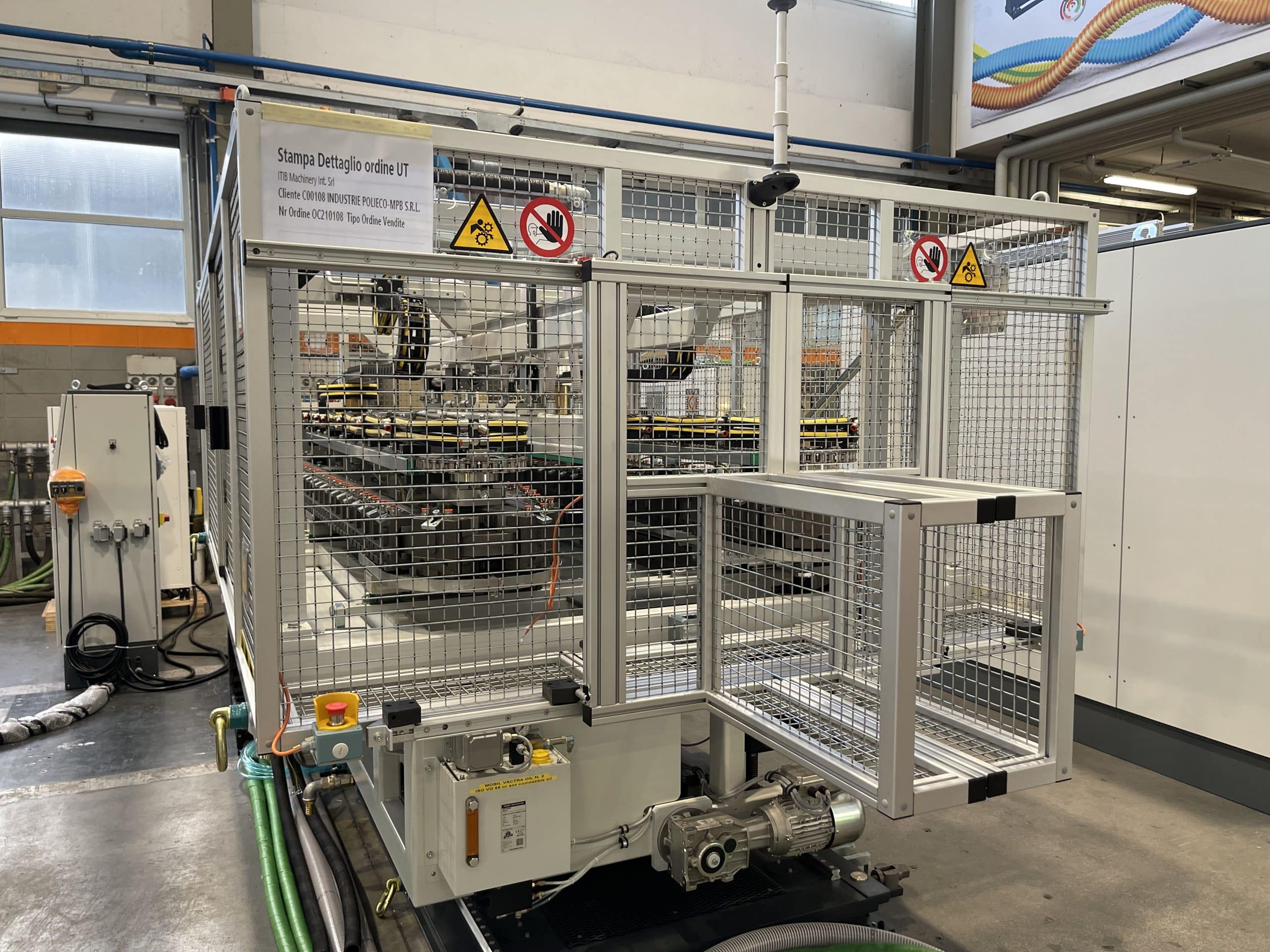Last edit: 25/07/2023

The latest edition of EN ISO 13857 standard was published in 2019 and it replaces the previous EN EN ISO 13857: 2008 standard.
This is a standard of type B1 regarding a specific safety aspect: the safety distances.
Its purpose is to provide the safety requirements that the protective structures must have in order to prevent the achievement and contact of Hazard Zones in both industrial and non-industrial environments, for this reason also the situations of possible contacts for 3-years-old children are considered.
The Standard allows to measure the effectiveness of a protective structure, defining the appropriate distance between the structure and the Hazard Zone, considering the dimension and the geometry of the protection (in English “Safeguard”) and its possible openings.
In addition to contacts with the upper and lower limbs, in the new version a new paragraph has been added considering the cases of possible access to the Hazard Zone with the entire body and by overtaking the protections.
All these considerations are valid only in the case in which the distance from the hazard is already a sufficient measure to reach the safe condition by itself. In the case of specific hazards to radiation exposure, projection and emission of substances, it is necessary to add or modify safety measures.
The safety distances are intended to protect those persons trying to reach hazard zones under certain conditions:
- The protective structures and any openings in them retain their shape and position;
- Safety distances are measured from the surface restricting the body or the relevant part of the body;
- Persons may force parts of the body over protective structures or through openings in an attempt to reach the hazard zone;
- The reference plane is a level at which persons would normally stand, but is not necessarily the floor (e.g. a working platform could be the reference plane);
- There is some contact with the reference plane while wearing shoes (use of high-soled shoes, climbing and jumping are not included);
- No aids such as chairs or ladders are used to change the reference plane;
- No aids such as rods or tools are used to extend the natural reach of the upper limbs.
Before proceeding with the determination of the safety distances, a Risk Analysis must be carried out, as the result of this analysis will affect the calculation of the value of the safety distance. In particular, the greater the risk, the greater the safety distance.